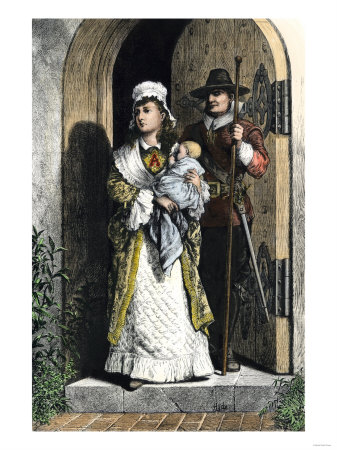Monday, August 8: Spirit of the Law
ONWARD AND UPWARD
AND THE ART OF THE POSSIBLE
by Janice Law
More literary spelunking this week with a descent back to 1910 and the birth of Lady Molly, that’s Lady Molly of Scotland Yard should you have a number of titled lassies on your speed dial. She was one of the later characters created by Baroness Emmuska Orczy, a titled Hungarian whose family left their country during a period of unrest and wound up in London.
Later, Emma eked out a living as an illustrator and translator. Her first writing ventures were only modestly successful, but she hit her stride with The Scarlet Pimpernel, a play written with her husband. Its dashing hero subsequently appeared in the series of novels that made her fortune. Good Americans get to Paris when they die, but good Hungarians buy a villa in Monte Carlo, where she and her husband lived happily ever after.
My interest, however, is another of her characters, Lady Molly Robertson-Kirk, whose adventures are narrated by her worshipful assistant, Mary Granard. This detective and narrator format had been made popular by Arthur Conan Doyle, and it was one Orczy liked, using a similar strategy for her more famous Old Man in the Corner stories.
Lady Molly has some distinctive qualities of her own. If not the first detective formally attached to the police, she was one of the first, heading up the Female Department of Scotland Yard. Just what this department did or who it consisted of besides Lady Molly and her deferential sidekick is left vague.
In the opening story, The Ninescore Mystery, Lady Molly has been entrusted with a murder, and like all good Edwardian detectives, she is thrilled with the prospect, as is the narrator: “We of the Female Department are dreadfully snubbed by the men, though don’t tell me that women have not ten times as much intuition as the blundering and sterner sex . . .” She concludes with the belief that many “so-called mysteries” should be “put to the test of feminine investigation.”
From this paean to feminine intuition and to a distinctively feminine approach to detection (both doubtless articles of faith for Orczy’s contemporaries) one might expect a high quotient of inspiration in Lady Molly’s proceedings. Not so. She’s rather a tough copper.
She’s not opposed to badgering a suspect and lying in print (The Mystery at Ninescores). She’s fond of disguises and quite willing to employ them to trap the guilty, and she is even up for a mild bit of bodily violence (The Irish Tweed Coat). In The Fordwych Castle Mystery, she employs search and seizure tactics that would surely have gotten her case thrown out of court. Fortunately for Lady Molly, her creator was fond of summary justice; a number of her perpetrators commit suicide instead of lawyering up.
But credit where it is due. The plots of these short stories are often ingenious, and if Lady Molly likes to maintain an air of mystery (the better to impress the impressionable Mary Garnard, I suspect) she does an honest job. True, she makes use of distinctly feminine wiles in The End, but she may perhaps be excused there, since she is attempting to rescue her imprisoned husband from a murder rap.
When she clears his name, she retires, as her original audience probably expected, to a future of domestic felicity. Despite her beauty, fascination, and intelligence, I wonder if this particular investigator would make a tranquil domestic partner.
But it is a brave popular writer who bucks audience expectations. I remember that, when I was constructing my detective, Anna Peters, back in the seventies, my first thought was to make her a woman with two children. No way, though recently I read a Swedish novel starring a superwoman investigative reporter with, yes, two children plus a philandering husband. Undeterred, she was out tracking down neo-Nazis and assorted terrorists. How times change.
Back in Baroness Orczy’s day, women were moving into new roles and new jobs, but for leisure reading, conventions could only be pushed so far. Lady Molly has her own particular turf; she understands mothers and ladies’ maids and the psychology of her own sex in a way her male colleagues do not.
Less appealing to the modern reader are the stereotypes that were taken for granted, at least in the upper ranges of UK society. Clever and admirable people are “the right sort,” members of the upper classes and the wealthy bourgeoisie. They may be criminal (and often are) but it is taken for granted that they are more important and intelligent than their servants, the poor, or the foreign.
Lord Peter Wimsey’s invaluable Bunter and the irreplaceable Jeeves of the Bertie Wooster stories, themselves transitional figures, were not yet in print, while no one seems to have envisioned a female detective from the servant class. With her title and her confident air, Lady Molly belongs firmly in the Edwardian world of class distinctions and conventions. But as a member of Scotland Yard and as a savvy copper, she has a foot in the door that many subsequent female sleuths would open.




























